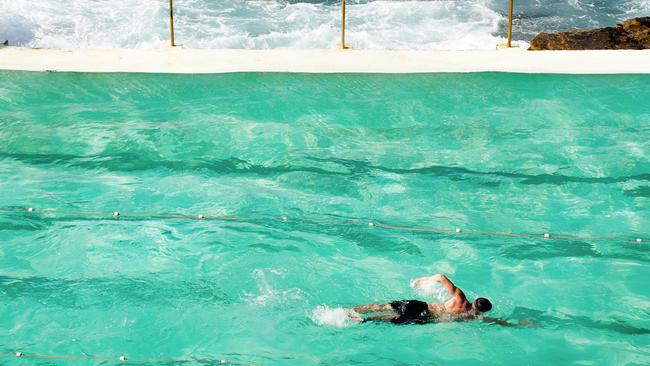Weekend-only workouts: how to exercise safely and smartly
Working out only on Saturday and Sunday is just as beneficial as exercising throughout the week. Here’s how to work out safely and smartly when pressed for time.

Are you a “weekend warrior”? If so, you have earned the right to be smug. Research has found that cramming your workouts into Saturday and Sunday is just as beneficial as exercising throughout the week.
A new study from the US has shown that people who exercised for 150 minutes at the weekend had an almost equally lowered risk of developing 264 diseases — including high blood pressure, diabetes and obesity — as those who were exercising for 20-30 minutes on most days.
It’s not just the physical benefits that are comparable. A study of more than 10,000 people aged over 35 found that those who exercised just once or twice a week and those who undertook more regular physical activity showed similar reductions in the risk of mild dementia compared with inactive individuals. The team leading the study estimated that 13 per cent of mild dementia cases would be eliminated if all middle-aged adults were to take part in sport or exercise just once or twice a week.
If you are going to squeeze all your exercise into a two-day window, here’s how to do it safely and smartly (and without hobbling into work on Monday morning).

Mix up muscle groups
“If you’re pushed for time, resistance training is the most important workout as it has huge health benefits, especially for warding off age-related muscle loss,” the personal trainer James Stirling says (@london_fitness_guy). “But you’ll need to mix up the exercises across the weekend so that you’re not overstressing the same muscle groups. For example, on Saturday morning I would do push exercises such as chest presses, shoulder presses, squats, tricep dips and core activation. And then on Sunday afternoon I would do a pull workout with bent-over rows, stiff leg dead lifts and bicep curls. You want to allow at least 24 hours between sessions so that muscles can recover.”
Don’t overdo it
“If you’re not exercising at all in the week, you won’t be able to build lean muscle mass as quickly as someone who is exercising more regularly,” the fitness coach Kate Rowe-Ham says (@katerh_fitness). “So don’t expect to progress as quickly or pick up heavier weights after a five-day break. Instead, you will need to build up incrementally over time.”
She adds that warming up and cooling down are especially important if you’re doing two back-to-back workouts. “Make extra time to stretch and use foam rollers or magnesium baths to prevent soreness, aches and pains. Consider a yoga class on Sunday night to stretch and elongate the muscles and create stability in the body after a weekend of intense activity.”
Get your heart racing
“Weekends are great for working out outdoors — especially in winter when it’s the only time most of us can exercise in the daylight,” Rowe-Ham says. Research has found that outdoor training may have more cognitive benefits and lower blood pressure more than exercising inside. “Aim to do something that will get your body moving and raise your heart rate but is also sociable and enjoyable. If you’re a beginner, that might be 30 minutes of swimming or cycling or rollerblading. If you’re already quite fit, it might be an hour. Weekends are a good time to sign up for an organised Parkrun or go jogging with a friend.”

Make HIIT functional
“People think that HIIT [high-intensity interval training] means jumping around in a big sweaty mess but it doesn’t have to be,” Rowe-Ham says. “If you’re short on workout time, you could combine HIIT with strength training such as kettlebells or battle ropes. Or if you don’t have equipment to hand, try sumo squats, mountain climbers and walkouts.”
Be prepared
Stirling advises spending a bit of time during the week thinking ahead and planning weekend activity. “It will save time and help you focus if you quickly write down the exercises you’ll do,” he says.
Rowe-Ham also recommends using your weekdays to set you up for weekend success. “Even if you don’t have time to exercise from Monday to Friday, you can still eat well, sleep well and try to fit in five minutes of stretching before bed to reduce your risk of injury. That way you can hit the ground running.” Or cycling or swimming or rollerblading …
The Times




To join the conversation, please log in. Don't have an account? Register
Join the conversation, you are commenting as Logout